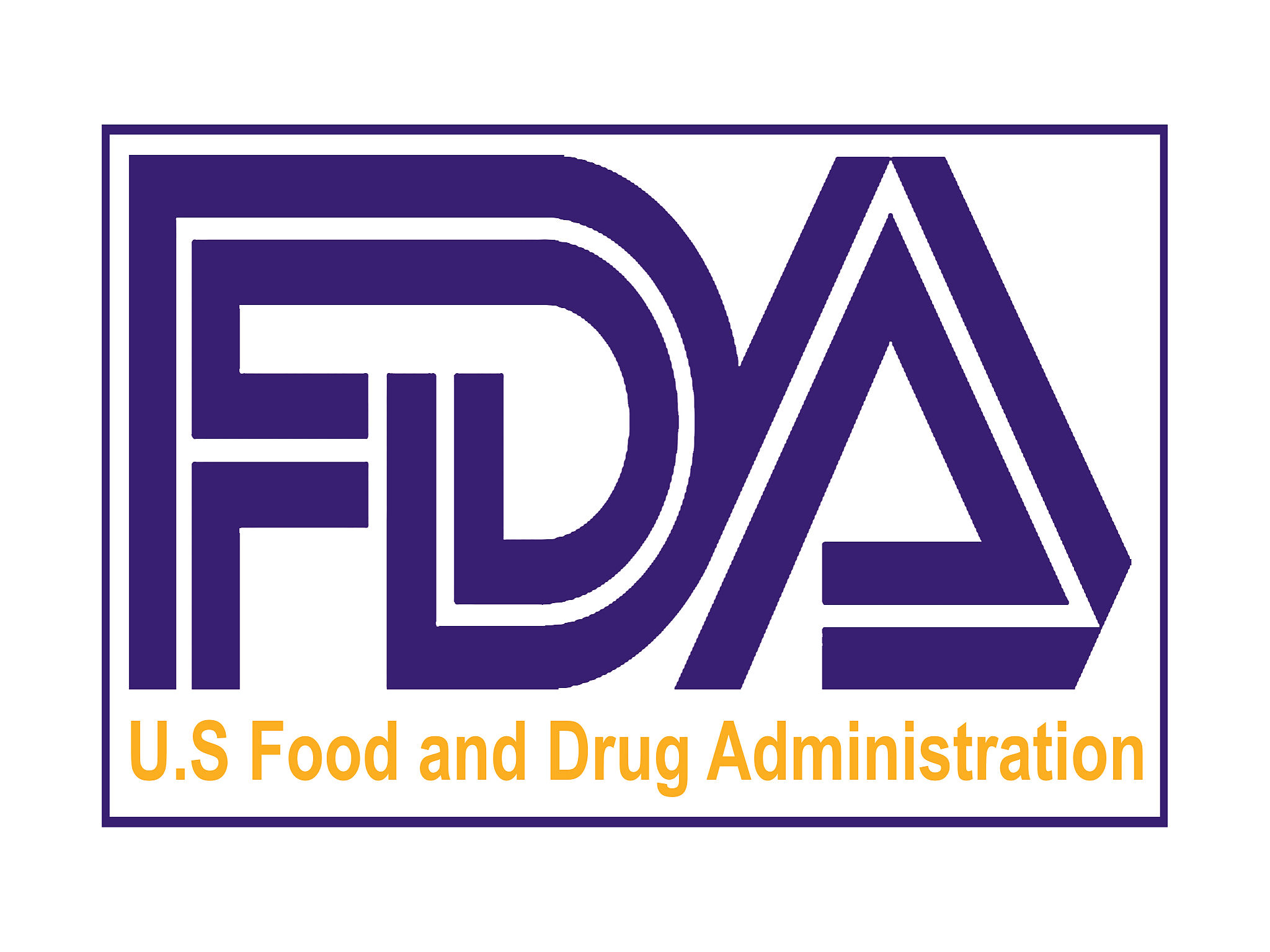Determining Whether to Submit an ANDA or a 505(b)(2) Application in USFDA
This guidance is intended to serve as a foundational guidance to assist applicants in determining which one of the abbreviated approval pathways under the Federal Food, Drug, and Cosmetic Act (FD&C Act) is appropriate for the submission of a marketing application to FDA Many potential drug product developers are not familiar with the different abbreviated approval pathways for drug products under the FD&C Act — the abbreviated approval pathways described in section 505(j) and 505(b)(2) of the FD&C Act (21 U.S.C. 355(j) and 21 U.S.C.
355(b)(2), respectively) — or the types of data and information that are permitted to support approval under those pathways
The use of the word should in Agency guidances means that something is suggested or recommended, but
not required.
The Hatch-Waxman Amendments reflect Congress’s efforts to balance the need to “make available more low cost generic drugs by establishing a generic drug approval procedure”with new incentives for drug development in the form of exclusivities and patent term extensions.With the passage of the Hatch-Waxman Amendments, the FD&C Act describes different routes for obtaining approval of two broad categories of drug applications: new drug
applications (NDAs) and abbreviated new drug applications (ANDAs).
NDAs and ANDAs can be divided into the following four categories:
(1) A “stand-alone NDA” is an application submitted under section 505(b)(1) and approved under section 505(c) of the FD&C Act that contains full reports of investigations of safety and effectiveness that were conducted by or for the
applicant or for which the applicant has a right of reference or use.
(2) A 505(b)(2) application is an NDA submitted under section 505(b)(1) and approved under section 505(c) of the FD&C Act that contains full reports of investigations of safety and effectiveness, where at least some of the information required for approval comes from studies not conducted by or for the applicant and for which the applicant has not obtained a right of reference or use.
(3) An ANDA is an application submitted and approved under section 505(j) of the FD&C Act for a drug product that is a duplicate of a previously approved drug product. An ANDA relies on FDA’s finding that the previously approved drug product, i.e., the reference listed drug (RLD), is safe and effective. An ANDA generally must contain information to show that the proposed generic product is the same as the RLD with respect to the active ingredient(s), conditions of use,route of administration, dosage form, strength, and labeling (with certain permissible differences) and is bioequivalent to the RLD. An ANDA may not be submitted if clinical investigations are necessary to establish the safety and effectiveness of the proposed drug product.
(4) A petitioned ANDA is a type of ANDA for a drug product that differs from the RLD in its dosage form, route of administration, strength, or active ingredient (in a product with more than one active ingredient) and for which FDA has determined, in response to a petition submitted under section 505(j)(2)(C) of the FD&C Act (suitability petition), that studies are not necessary to establish the safety and effectiveness of the proposed drug product. A petitioned ANDA is generally expected to provide the same therapeutic effect as the listed drug that was relied on as the basis of the suitability petition.
A scientific premise underlying the Hatch-Waxman Amendments is that a drug product approved in an ANDA under section 505(j) of the FD&C Act is presumed to be therapeutically equivalent to its RLD.
Products classified as therapeutically equivalent can be substituted with the full expectation that the substituted product will produce the same clinical effect and safety profile as the prescribed product when administered to patients under the conditions specified in the labeling.
In contrast to an ANDA, a 505(b)(2) application allows greater flexibility as to the characteristics of the proposed product.
A 505(b)(2) application will not necessarily be rated therapeutically equivalent to the listed drug it references.
A. ANDAs
section 505(j) of the FD&C Act, together with its implementing regulations, generally requires that an ANDA demonstrate that the proposed generic drug product and the applicable RLD are the same with respect to their active
ingredient(s), dosage form, route of administration, strength, conditions of use, and labeling (with certain exceptions).

An ANDA must also include sufficient information to demonstrate that the proposed product is bioequivalent to the RLD and to ensure the product’s identity, strength, quality, and purity. Consistent with any statutory provisions related to the exclusivity of and patents listed for the RLD, FDA must approve an ANDA unless there is insufficient evidence that these criteria are met.
An ANDA relies on the Agency’s finding of safety and effectiveness for an RLD and, as a result, that ANDA may be approved without submission of the same type and extent of information as is required for an NDA to establish the safety and efficacy of the proposed product.
Also, an ANDA may contain certain types of differences from an RLD (e.g., a change approved in response to a suitability petition or other permissible differences, such as certain differences in inactive ingredients, labeling, or container closure systems), as long as clinical investigations are not necessary to establish the safety or effectiveness of the drug product proposed in the ANDA.
B. 505(b)(2) Applications
An application submitted through the pathway described in section 505(b)(2) of the FD&C Act contains full reports of investigations of safety and effectiveness, where at least some of the information required for approval comes from studies not conducted by or for the applicant and for which the applicant has not obtained a right of reference or use (e.g., the Agency’s finding of safety and/or effectiveness for a listed drug,published literature).
A 505(b)(2) applicant may rely on FDA’s finding of safety and/or effectiveness for a listed drug only to the extent that the proposed product in the 505(b)(2) application shares characteristics (e.g., active ingredient, dosage form, route of administration,strength, indication or other conditions of use) in common with the relied-upon listed drug(s).
The applicant is expected to establish a bridge (e.g., by using comparative bio-availability data) between the proposed drug product and each listed drug that the applicant seeks to rely upon to demonstrate that reliance on the listed drug is scientifically justified. To the extent that the listed drug and the drug proposed in the 505(b)(2) application differ (e.g., a product with a different dosage form or a product that is intentionally more bio-available than the listed drug), the 505(b)(2) application must include sufficient data to support those differences.
If FDA has approved one or more pharmaceutically equivalent products in one or more NDAs before the
date of the submission of the original 505(b)(2) application, the applicant must identify one such pharmaceutically equivalent product as a listed drug (or an additional listed drug) relied upon but need not provide a scientific bridge to that product unless it is scientifically necessary to support approval.
Referances: Determining Whether to Submit an ANDA or a 505(b)(2) Application (Guidance for Industry )
